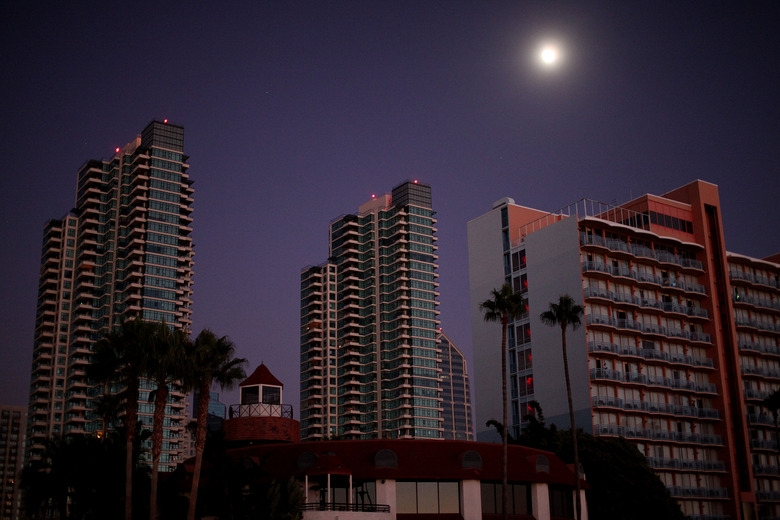The History Of Solar Flares On Earth
During a solar flare, or solar storm, large amounts of charged particles are ejected from the Sun and out across the solar system. When these particles hit the Earth's magnetic field, brilliant auroras can be seen, and if the solar storm is strong enough, it can interfere with electrical grids and satellite communications. Over the decades, solar flares have had significant impacts on modern society. This phenomenon was first observed in 1859 by Richard Carrington during a solar storm that become known as the Carrington Event. Since then, solar flares have been closely studied, though the likelihood of a storm like the Carrington Event occurring again within the next decade is low.
The Carrington Event of 1859
The Carrington Event of 1859
As well as being the first solar flare to be directly observed, the Carrington event is the largest solar event on record. When solar flares reach the Earth they create geomagnetic storms as charged particles interact with Earth's magnetic field. In 1859, a geomagnetic storm caused by the solar flare Carrington saw created auroras all over the globe and as close to the equator as the Caribbean. Along the still-burgeoning telegraph system in Europe and the United States, widespread disruption was reported, and some equipment was destroyed as it caught fire due to overload.
1972 Geomagnetic Storm
1972 Geomagnetic Storm
In August of 1972, a solar flare caused power outages and electrical disturbances across Illinois. The same event led to AT&T redesigning its long-range power cables. Because of the increased radiation released during solar flares, any astronauts in transit to the Moon might have been exposed to heavy but not life-threatening doses of radiation. Fortunately, all of the Apollo program astronauts were safely on Earth as Apollo 16 had returned earlier in the year and Apollo 17 was still preparing for launch.
1989 Power Failure
1989 Power Failure
Similar in size to the 1972 event, another flare in 1989 knocked out electrical power in long-range transmission lines in Quebec. Six million people were left without power for approximately nine hours. Electrical equipment as far south as New Jersey was destroyed.
Recent and Future Solar Events
Recent and Future Solar Events
Weaker than the 1989 event, another storm on July 14, 2000, knocked out some satellites and interrupted radio communications. And in 2003 and 2006, minor solar flares affected observation satellites, with an instrument on one satellite sustaining damaged as it observed the flare. The future of solar events is uncertain. While no other modern events have reached the intensity of the Carrington Event, a solar storm could occur at any time. Some scientists predict that a similar event has a one in eight chance of occurring by 2020, though many are quick to note that the likelihood of such an event having catastrophic effects is very slim.
References
- Monthly Notices of the Royal Astronomical Society: Description of a Singular Appearance Seen in the Sun on September 1, 1859
- NASA Science News: Severe Space Weather — Social and Economic Impacts
- Space: Worst Solar Storms in History
- NASA Science News: A Super Solar Flare
- NASA Science News: Sickening Solar Flares
Cite This Article
MLA
Simmons, Marty. "The History Of Solar Flares On Earth" sciencing.com, https://www.sciencing.com/history-solar-flares-earth-2401/. 24 April 2017.
APA
Simmons, Marty. (2017, April 24). The History Of Solar Flares On Earth. sciencing.com. Retrieved from https://www.sciencing.com/history-solar-flares-earth-2401/
Chicago
Simmons, Marty. The History Of Solar Flares On Earth last modified March 24, 2022. https://www.sciencing.com/history-solar-flares-earth-2401/
